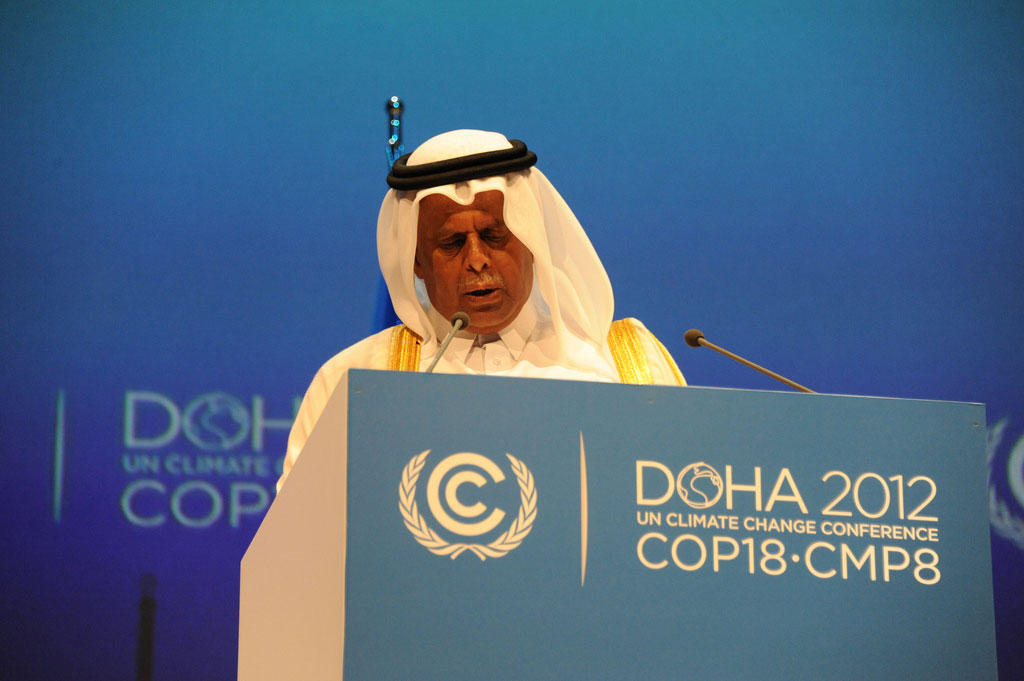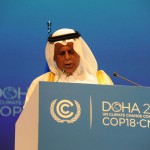Category Climate Change

Digital Venice – #digitalvenice more Digital, more Europe
MR Energy Systems presents @ Digital Venice, 10th of July – 14.30, venue: Telecom Italia Future Centre, session: “Chambers of Commerce for Digital Agenda” title:
Smart objects, smart metering: sustainability and performance digitalization.
Sustainability needs to be proved with performance indicators. Measuring performances needs the digitalization of physical information. A walk through current trends linking environmental performances with bits and bytes.
Portal DIGITAL VENICE: Digital Venice – #digitalvenice more Digital, more Europe
Full event program: http://www.ve.camcom.gov.it/default.aspx?cod_oggetto=10153733
Article on Corriere delle Comunicazioni: http://www.corrierecomunicazioni.it/digital-venice/28524_la-camera-di-commercio-l-innovazione-e-nel-dna-della-citta.htm
Ecomondo 2013 – “Carbon Footprint, LCA, Environmental Product Declaration – a path towards sustainable materials””
MR Energy Systems at Ecomondo 2013 presents how to reach important commercial results while abating products environmental impact.
 Memo
MemoVenue: Sala Girasole Hall Est lato pad.D7
CITTA´ SOSTENIBILE – Seminar
Edilizia Materiali Qualità Certificazione
A cura di GreenProducts
Ottimizzare il rapporto fra edificio, energia, ed ambiente, rientra nelle finalità dei vari protocolli di qualità e certificazione, conseguentemente i singoli materiali impiegati nella costruzione devono corrispondere a determinati requisiti di sostenibilità.
Programma
Ore 14.00 | Registrazione
Ore 14.30 | Inizio lavori
Prospettive e scenari futuri della certificazione LEED
Mario Zoccatelli – Presidente GBC Italia
Schemi di certificazione: Carbon Footprint, LCA, Environmental Product Declaration
Mauro Roglieri – MR Energy Systems srl – Consigliere GBC Italia
L´evoluzione e la scelta dei materiali nei grandi cantieri LEED
Stefano Ferri – Presidente Polistudio – Consigliere GBC Italia
Qualità Ambientale Interna: requisiti per i materiali basso-emissivi
Francesco Balducci – Responsabile di Laboratorio Cosmob SpA
La progettazione e scelta dei materiali secondo i criteri di certicazione LEED
Fabio Betti – GreenProducts
Il portale dei materiali per l´edilizia certificata
M. Paolo Semprini . GreenProducts
Ore 17.00 Discussione e Chiusura dei lavori

Two DOHA weeks
Started the 26th of November and ending the 7th of December, COP18, the 18th conference of the United Nations Framework Convention on Climate Change is being held this year in DOHA, Qatar.
Back in 1992, countries joined an international treaty, the UNFCCC, to cooperatively consider what they could do to limit average global temperature increases and the resulting climate change, and to cope with whatever impacts were, by then, inevitable.
The Kyoto Protocol, defined during COP3 in Kyoto, and entered into force in 2005, legally binds developed countries to emission reduction targets. The Protocol’s first commitment period started in 2008 and ends in 2012.
At COP17 in Durban, governments of the Parties to the Kyoto Protocol decided for a second commitment period, from 2013 onwards, which could last 5 or 8 years.
In the last years, emissions of developing economies have doubled, becoming higher than those of developed countries. The urgency of coming to a new global agreement has been repeated many times this year by IEA, World Bank, PWC and many others, waiting for the publication of the fifth IPCC’s report. In fact, if we want to limit global warming to +2°C, we need to act now.
DOHA’s delegates need to work very hard during these two weeks, in order to sort out the three folowing main items:
- Kyoto Protocol: define the continuation until 2020 and probably its phase out, shifting the carbon market into a new agreement
- Long-term Cooperation Agreements, LCA: probably end the work, keeping what is good (Green Climate Fund and Technology Executive Committee) shifting it into the new agreement
- Ad-hoc Working Group on Durban Platform for Enhanced Action, ADP: main discussion item, set-up a strong path and working program until 2015, conveying issues like GCF, TEC, global carbon market, adaptation fund, etc.
The future agreement, based on ADP, needs to overcome distinctions between developing and developed economies (Annex I and non Annex I), if we really want to have some hope to meet the 2°C target (many think that we already missed this target).
Two weeks of very important work for the +10.000 delegates.
Sources: unfccc.int “DOHA Climate Change Conference”, David Hone “Expectations for COP18 in DOHA”, Carlo Carraro “AAA cercasi nuova architettura politica per il clima”.
National Plan for GHG emissions reduction at 2020
The Italian Minister for the Environment, Dr. Corrado Clini, presented yesterday the National GHG reduction plan for 2020 to the inter-ministerial committee for economic planning (CIPE). The plan is based on the EU targets and decarbonization strategy at 2050.
The measures include the creation of a ‘catalogue’ of technologies, systems and products for the decarbonization of the National economy; the introduction of a carbon tax (bringing resources to the Kyoto rotation fund); energy efficiency, distributed energy generation and development of smart grids and smart cities; green building and extension of the 55% tax credit for low carbon investments; the management of forests as carbon sinks and as a resource of biomass and bio-fuels.These objectives “are aligned with technological innovation – explained Clini – and with the need of renovation of the production chains, and give to the European economy the opportunity to compete with that of US, India, China and Brasil, Countries which are heavily investing in new and low carbon technologies”.
The proposals fall into the scope of the National plan for the reduction of GHG emissions which Italy needs to implement in order to reach the targets identified by the EU energy and climate package (20-20-20).[Source: Minambiente; Translation: MR Energy]
